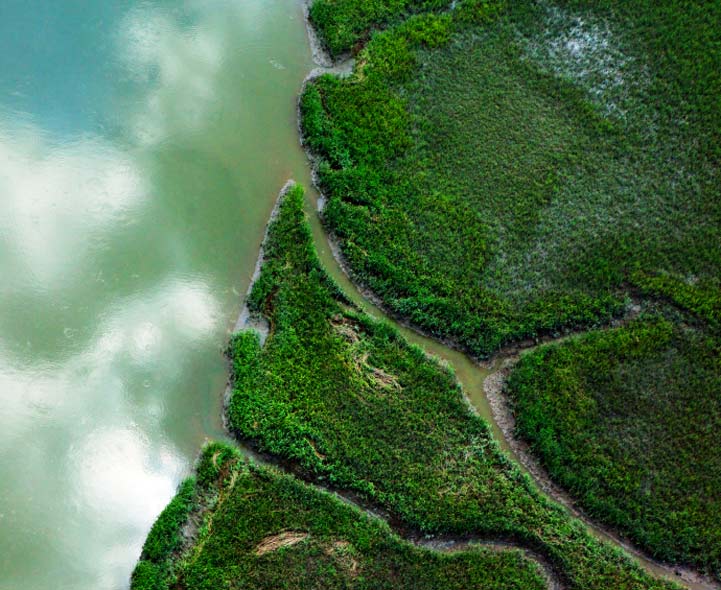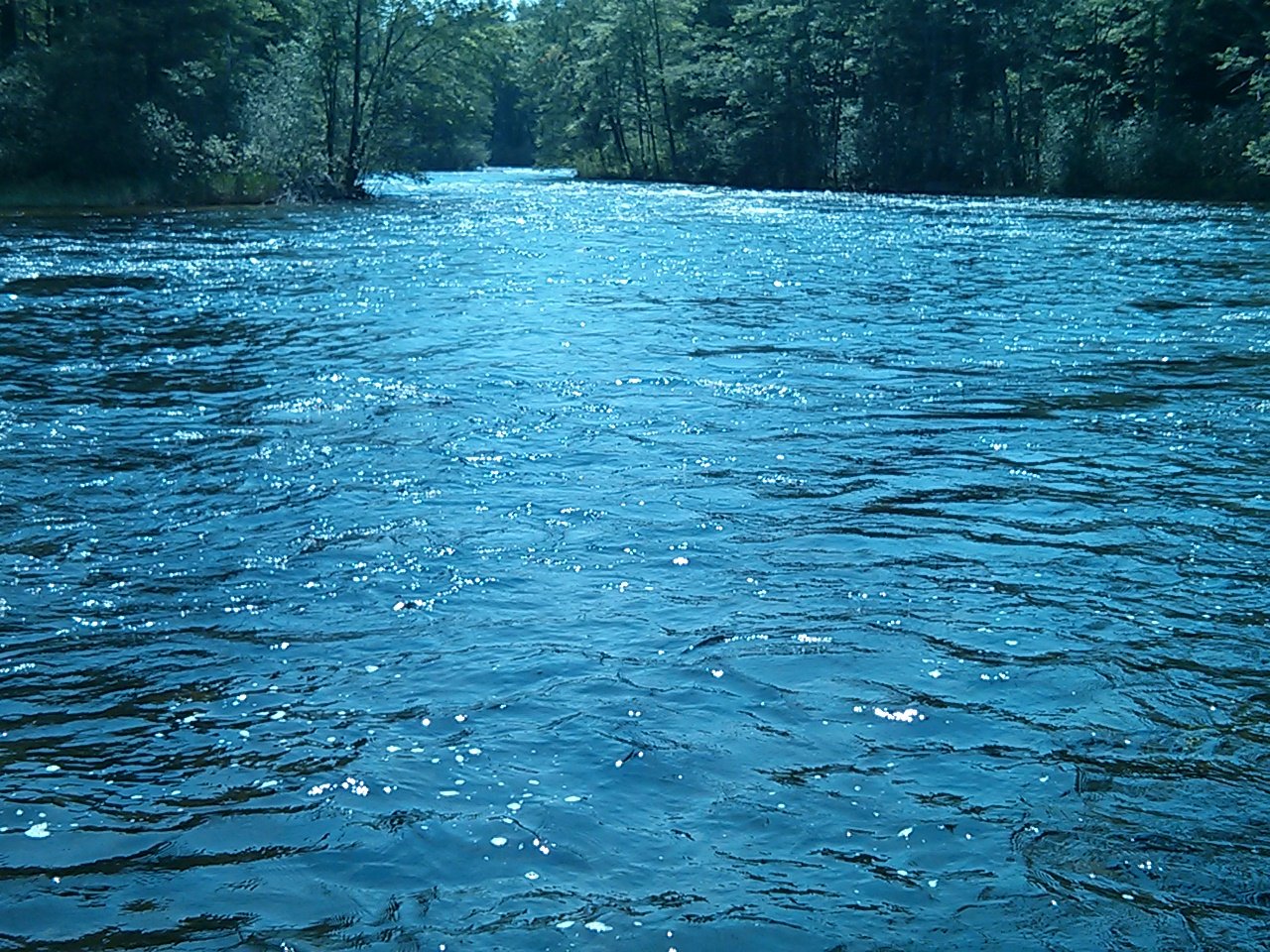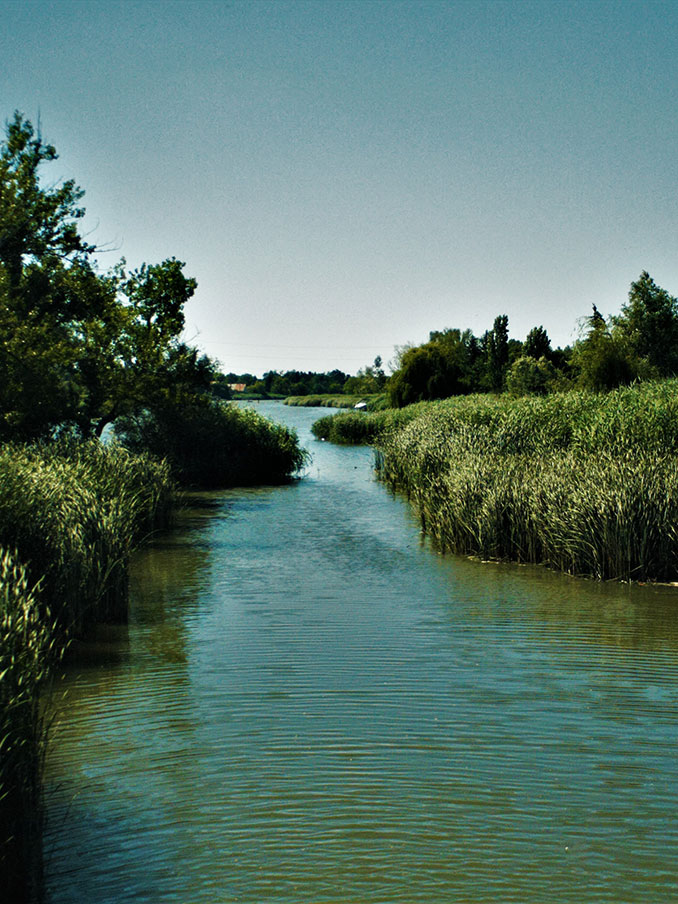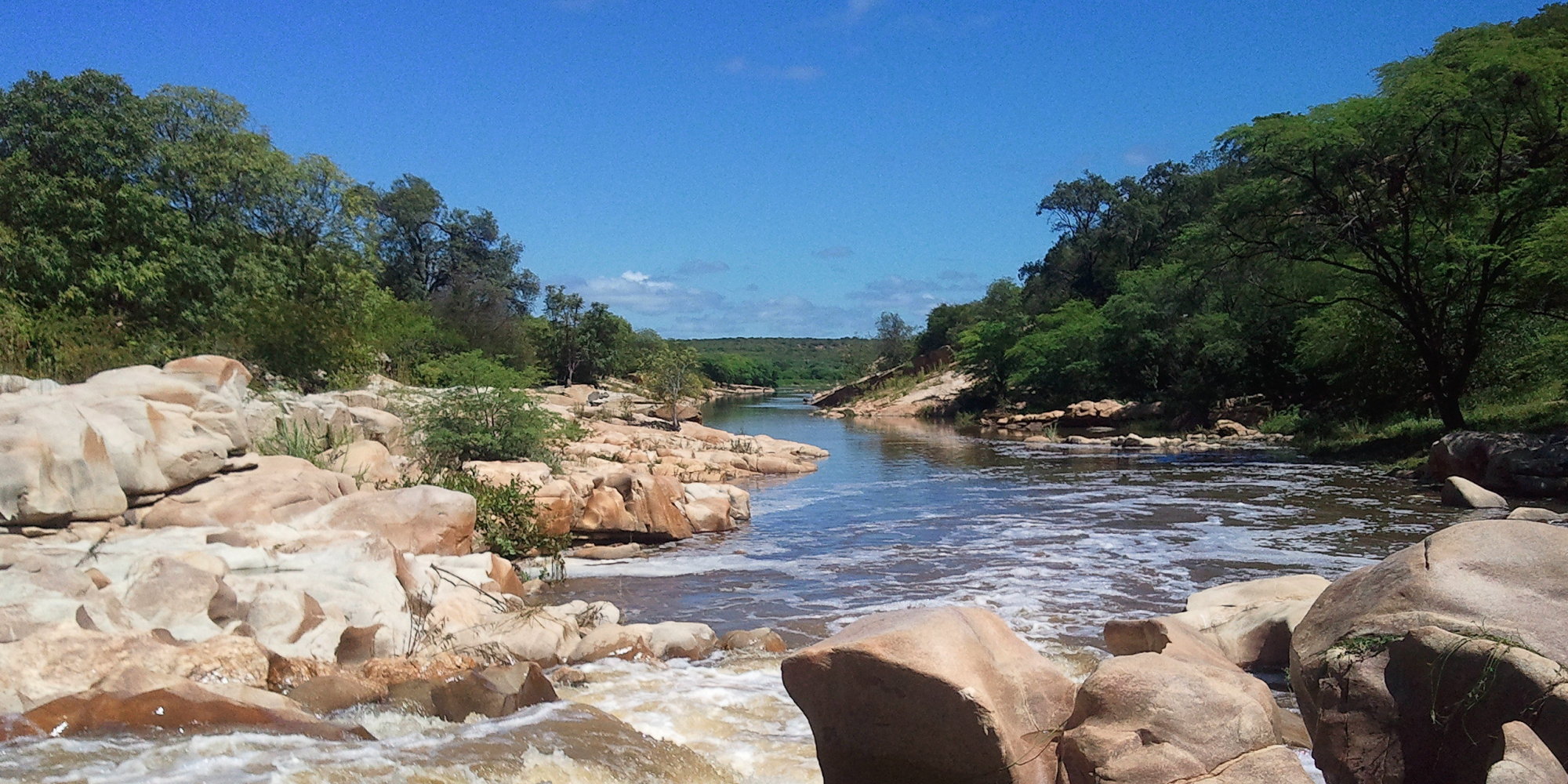Table of Contents
- river - photo/picture definition at Photo Dictionary - river word and ...
- Living Rivers - WWF Magyarország
- River - YouTube
- 30 Things You Didn't Know About Rivers | HuffPost
- Rivers revival: Current Biology
- KS2 Rivers | What are the Features of a Watercourse
- River Water | Wallpapers Gallery
- The River – Weswhite.net
- The River Cannot Go Back - John Kobara
- River - YouTube



What is a River?



Types of Rivers



Importance of Rivers
Rivers play a crucial role in maintaining the health of our planet. Some of the key importance of rivers include: Drinking water: Rivers provide freshwater for human consumption, agriculture, and industry. Food source: Rivers support a wide range of aquatic life, including fish, shellfish, and other seafood. Transportation: Rivers have been used for transportation and trade for centuries, connecting cities and towns. Ecosystems: Rivers support diverse ecosystems, including wetlands, floodplains, and riparian zones.
Human Impact on Rivers
Human activities have significantly impacted rivers, threatening their health and sustainability. Some of the key human impacts on rivers include: Pollution: Rivers are often polluted with industrial, agricultural, and domestic waste, harming aquatic life and human health. Damming: The construction of dams can disrupt natural river flows, affecting ecosystems and human communities. Climate change: Climate change is altering river flows, water temperatures, and aquatic ecosystems, with significant consequences for human societies. Rivers are awe-inspiring natural wonders that play a vital role in maintaining the health of our planet. From their diverse characteristics and types to their importance and human impact, rivers are fascinating and complex systems that require our respect, care, and protection. By understanding and appreciating the value of rivers, we can work towards preserving these natural treasures for future generations. Whether you're a nature enthusiast, a scientist, or simply someone who appreciates the beauty of rivers, we hope this article has inspired you to learn more about these incredible waterways.Word count: 500